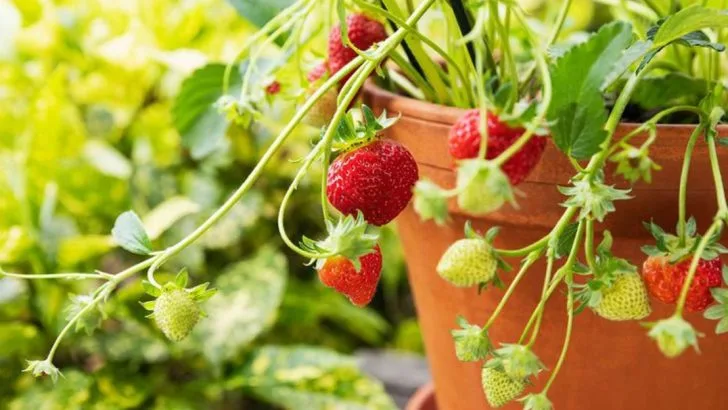Blueberries may be the star of your garden, but they thrive even better with the right companion plants by their side. Choosing plants that share similar soil preferences, offer pest protection, or improve pollination can help you grow healthier, more productive berry bushes. The right pairings can also enhance the beauty and function of your garden beds.
This guide to 14 companion plants for blueberries highlights flowers, herbs, and shrubs that naturally support your blueberries’ needs. From acid-loving ground covers to insect-repelling herbs, these companions do more than just fill space—they help create a thriving, balanced mini-ecosystem right in your backyard.
Strawberries

Imagine a garden where strawberries and blueberries grow side by side. These two berries complement each other not just in a fruit salad, but also in the garden. Strawberries can serve as a ground cover, conserving moisture and suppressing weeds. Their vibrant red berries add a splash of color against the deep blue of blueberries. During flowering, the bees will happily pollinate both, ensuring a bountiful harvest. Plus, who doesn’t love a berry patch that offers a duo of deliciousness? Plant them together and enjoy a summer full of juicy treats.
Thyme
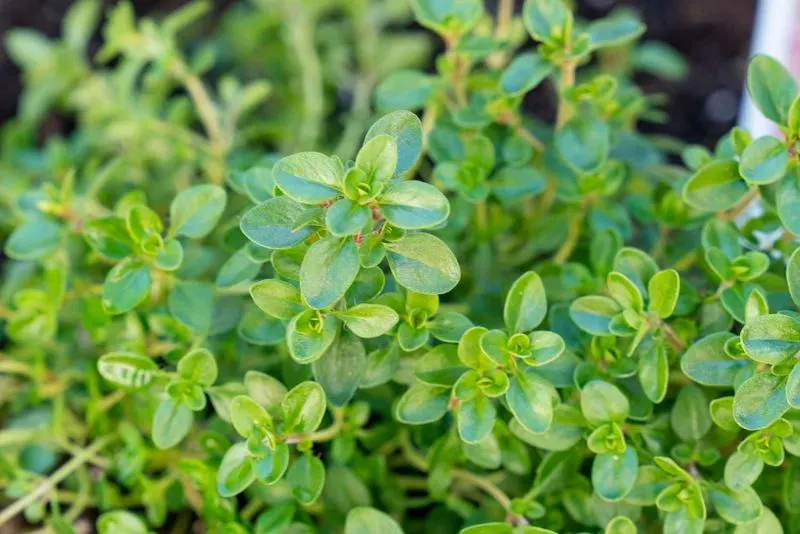
With its aromatic scent and hardy nature, thyme is a delightful addition to any blueberry garden. This low-growing herb attracts beneficial insects such as bees, which help with pollination, while its scent deters unwanted pests. Thyme’s adaptability to different soil conditions makes it a resilient companion. Its tiny leaves and delicate flowers provide a gentle contrast to the robust blueberry bushes. Having thyme nearby also means you can snag a sprig for your culinary adventures, adding zest to your dishes right from your garden.
Rhododendrons

Rhododendrons share the same acidic soil preference as blueberries, making them natural companions. Their stunning blooms can enhance the aesthetic of your garden, creating a vibrant visual pairing with the blueberry’s clusters. In addition to beauty, rhododendrons offer shade to the roots of blueberry bushes, moderating soil temperature. This partnership not only supports growth but also enhances the overall appeal of your landscape. Rhododendrons’ presence is like a gentle guardian, watching over the blueberry plants throughout the seasons.
Lilacs

Lilacs, with their enchanting fragrance and stunning purple blossoms, create a captivating backdrop for blueberries. Their ability to thrive in similar soil conditions makes them a practical choice. The shade from lilacs can keep the blueberry roots cool during hot summers, promoting healthier growth. While lilacs attract butterflies and bees, they also offer protection from harsh winds. This harmonious pairing not only enhances the visual appeal of your garden but also fosters a dynamic environment where both plants can flourish beautifully.
Ferns
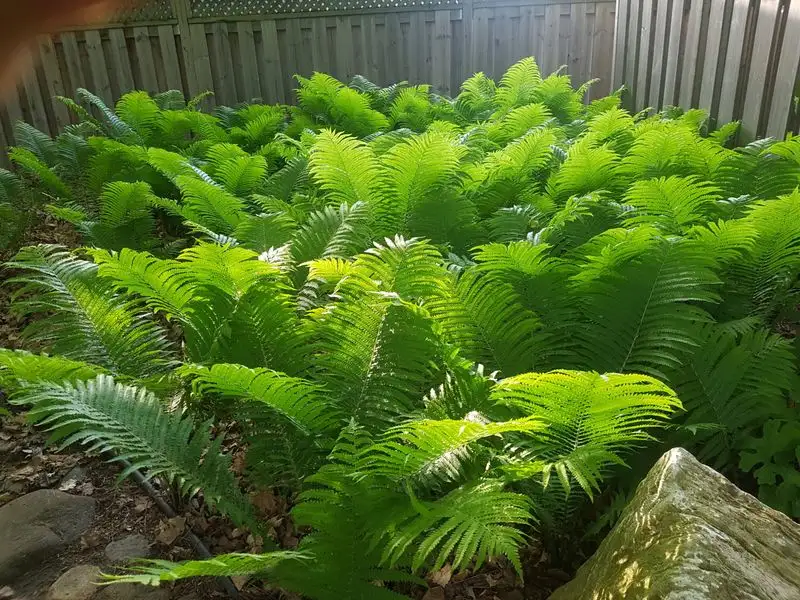
Ferns are the unsung heroes in a blueberry garden, offering lush greenery and helping to retain moisture around the roots. Their presence creates a tranquil woodland environment, reminiscent of the blueberry’s natural habitat. Ferns thrive in the shade and can coexist peacefully with blueberries, providing a natural mulch as their fronds decay. This symbiotic relationship not only benefits soil health but also adds a touch of serenity to your garden. Ferns’ graceful fronds sway gently, creating a soothing backdrop for your berry harvest.
Azaleas
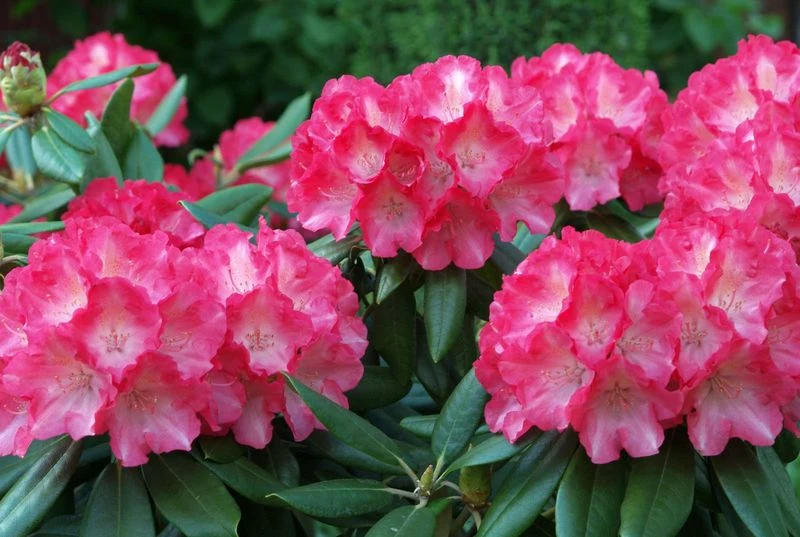
Azaleas, like blueberries, adore acidic soil, making them perfect neighbors. These flowering shrubs burst into color, creating a picturesque contrast against the deep green leaves of blueberry bushes. The vibrant blooms of azaleas attract pollinators, enhancing berry production. As azaleas shed their leaves, they provide organic mulch, enriching the soil over time. This partnership offers both beauty and practicality, transforming your garden into a thriving ecosystem. The dance of colors and textures between azaleas and blueberries invites admiration from every passerby.
Mint

Mint is a refreshing companion for blueberries, known for its invigorating aroma and beneficial properties. Its vigorous growth habit can serve as a natural ground cover, reducing water evaporation and preventing weeds. Mint attracts a variety of pollinators, while its fragrance repels pests that might otherwise feast on your berries. Keep an eye on mint’s spread, as it can be quite enthusiastic in its growth. Snip a few leaves for a refreshing garden tea or garnish, enjoying the synergy this plant brings to your blueberry patch.
Dogwood

With its elegant white blossoms, the dogwood tree adds a touch of grace to any garden. Its ability to thrive in similar acidic conditions makes it a worthy companion for blueberries. The shade provided by dogwood helps maintain soil moisture and temperature, essential for blueberry health. Its flowers attract bees, aiding in pollination, while the tree’s structure offers wind protection. Including dogwood in your garden creates a harmonious blend of beauty and function, where each plant supports the other, resulting in a bountiful harvest.
Chamomile
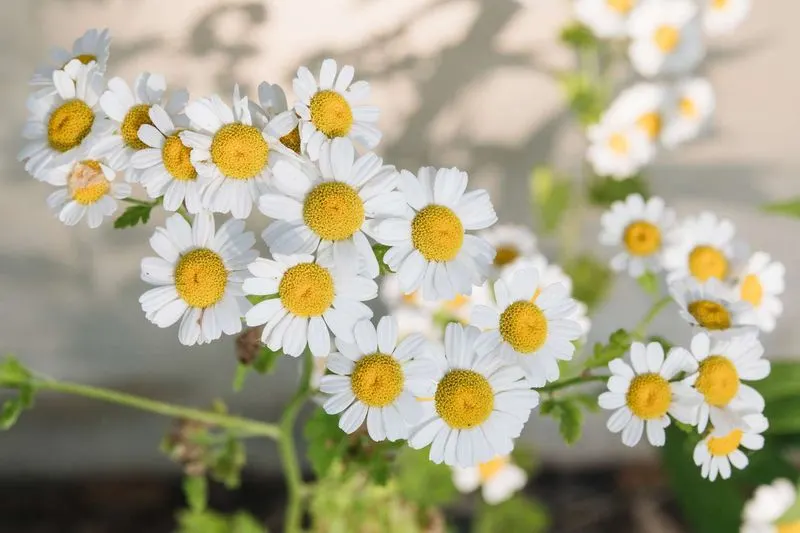
Chamomile is more than just a calming tea; it’s a nurturing companion for blueberries. Known for its ability to attract beneficial insects, chamomile encourages a healthy garden ecosystem. Its delicate white flowers sway softly in the breeze, a gentle addition to the robust blueberry bush. Chamomile can also improve soil health, acting as a living mulch with its nutrient-rich leaves. As you harvest your berries, imagine the soothing aroma of chamomile tea mingling with the sweet scent of blueberries, creating a sensory garden experience.
Lupines
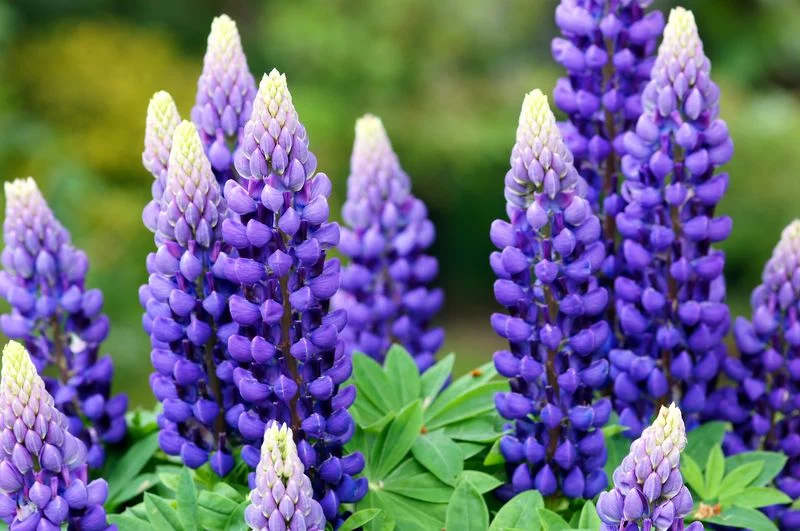
Lupines, with their tall spires of colorful blooms, are a striking addition to any blueberry garden. These nitrogen-fixing plants enrich the soil, providing essential nutrients that promote berry growth. Lupines attract bees and butterflies, ensuring that your blueberry bushes receive ample pollination. Their vibrant colors create a contrast that draws the eye, enhancing the visual appeal of your garden. With lupines in the mix, your blueberry patch becomes not just a source of fruit but also a feast for the senses, vibrant and full of life.
Cranberries

Cranberries offer a unique twist to the blueberry garden, thriving in similar acidic conditions. These low-growing plants can serve as ground cover, providing a carpet of bright red berries that pop against the green foliage. Cranberries’ ability to retain moisture and suppress weeds makes them an efficient companion. Their berries offer a tart counterpart to the sweetness of blueberries, blending joyfully in culinary dishes. This combination transforms your garden into a berry oasis, where each plant complements the other in taste and function.
Borage
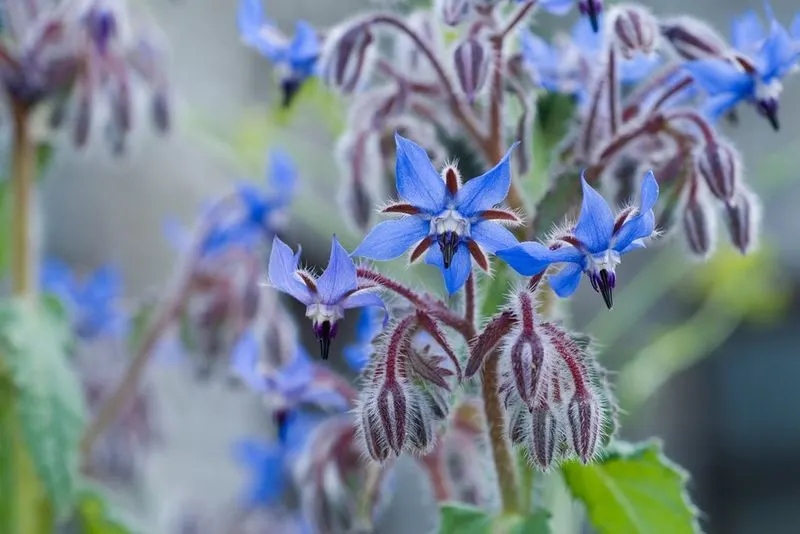
Borage brings a touch of whimsy to blueberry gardens with its star-shaped, blue flowers. Known for attracting pollinators, borage enhances the productivity of blueberry bushes. Its leaves are packed with nutrients, enriching the soil as they decompose. Borage is also said to improve the flavor of nearby berries, adding depth to your harvest. The cheerful blooms and fuzzy leaves of borage offer a playful contrast to the structured form of blueberry bushes, creating a dynamic and fruitful partnership that delights both the eyes and the palate.
Hydrangeas

Hydrangeas, with their sprawling blooms, add a touch of drama and color to blueberry gardens. They thrive in the same acidic soil, creating a visually cohesive landscape. The large leaves of hydrangeas help shade the roots of blueberries, maintaining moisture levels during dry spells. Their clusters of flowers attract pollinators, enhancing berry yield. This partnership between hydrangeas and blueberries results in a garden that’s both productive and visually stunning, where each plant accentuates the beauty of the other for a thriving horticultural experience.
Heathers

Heather’s delicate purple flowers and evergreen foliage make it a charming companion for blueberries. Preferring similar acidic soil, heathers thrive in the same conditions as their berry-bearing neighbors. Their mat-like growth habit provides excellent ground cover, conserving soil moisture and suppressing weeds. Heather’s flowers attract bees, aiding in the pollination of blueberries. As the seasons change, the evergreen nature of heathers ensures that your garden remains vibrant year-round, offering a consistent backdrop to the ebb and flow of berry production.

